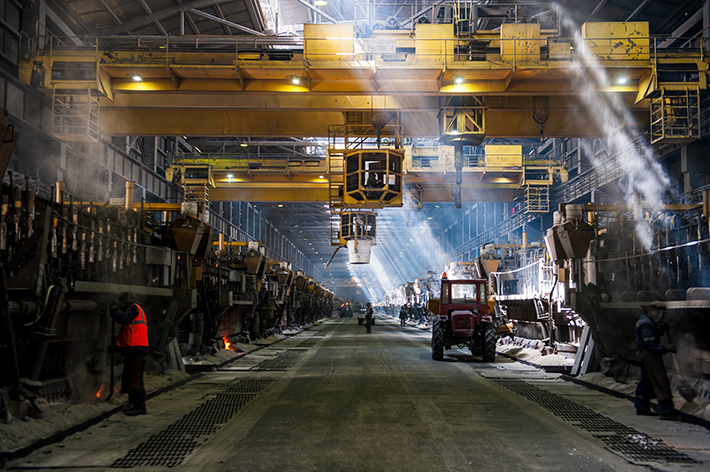- Phase
- Energy code
- Native name
- Code de l'énergie
- Type
- Employer's obligation to improve energy efficiency
- Added to database
- 28 April 2021
Article
article L341-4-2, D341-9, D341-10, D351-5, D351-7
Description
The reduction in the electricity transmission tariff for electro-intensive industries was introduced by article 157 of Law 2015-992 (17 August 2015) on energy transition for green growth.
Since 2016, article L.341-4-2 of the Energy Code stipulates that electro-intensive industrial sites can enjoy a reduction in electricity transmission tariffs ("Tarif d'Utilisation du Réseau Public de transport de l'Electricité - TURPE") if they have a predictable and stable, or countercyclical, consumption profile. The beneficiaries are consumption sites "connected directly to the transmission system or those equipped with a metering device managed by the transmission system operator".
To benefit from tariff reductions, the electro-intensive industrial sites concerned must:
- justify a level of energy used higher than a minimum level; In practice this covers mostly industrial sectors (paper, metal, chemical, cement sectors, etc.)
- meet criteria for using the public transmission network (minimum duration of use and minimum rate of use in off-peak hours);
Article D341-9 of the Energy Code (as amended by decree n°2021-420 of 10 April 2021) includes an annex listing four categories of eligible sites and the applicable electricity transmission tariff reduction. For instance, sites with a stable consumption profile are those "whose annual electricity consumption drawn from the electricity transmission network is greater than 10 GWh and whose duration of use of the network is greater than or equal to 7,000 hours; excluding sites allowing energy to be stored for subsequent return to the network". This category enjoys the highest reduction of tariff, at 81% of the Tariff for the Use of Public Electricity Networks (TURPE).
To benefit from this reduction, companies must:
- submit an annual certificate to public authorities (Prefect of the region where the site is located) to justify that the sites concerned meet the eligibility criteria (art. D351-7 Energy Code);
- send their request to the transmission network operator, along with a copy of the above certificate (art. D.341-10).
As per article D.351-5 of the Energy Code, companies can benefit from this tariff reduction if, within 5 years of their first request, they reach an energy performance target with indicators defined as the ratio between energy consumption and a unit of production. These indicators are certified as part of the implementation of an energy management system according to an international standard (ISO 50001).
Citation
Eurofound (2021), France: Employer's obligation to improve energy efficiency, Restructuring legislation database, Dublin,
https://apps.eurofound.europa.eu/legislationdb/employers-obligation-to-improve-energy-efficiency/france





